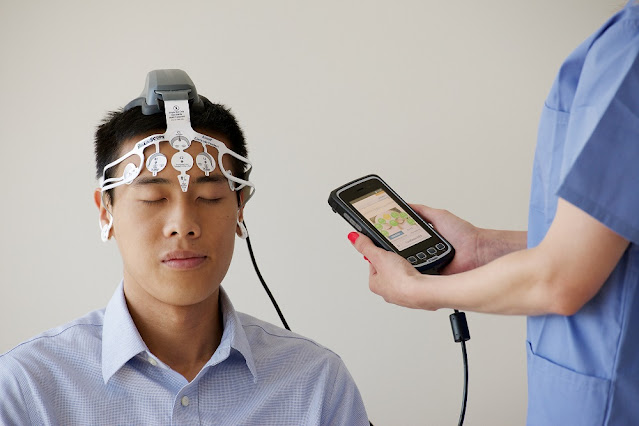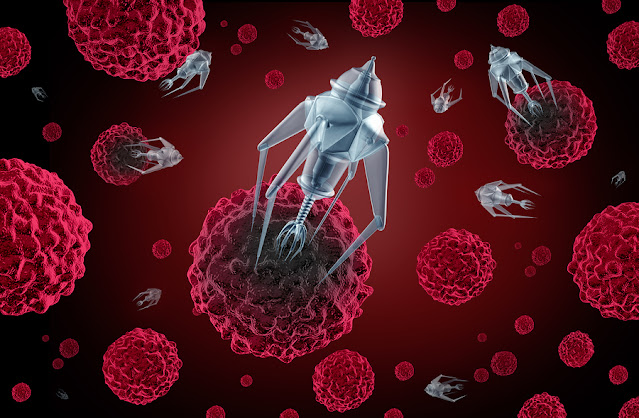Microelectronics: The Building Blocks of Modern Technology
 |
| Microelectronics |
Microelectronics has revolutionized our world by enabling the development of integrated circuits and semiconductor devices that power modern computers, smartphones, and countless other technologies. In this article, we will examine the history and innovation behind microelectronics, current applications and trends, and the future potential of this consequential field of engineering.
The Beginnings of Microelectronics
The development of microelectronics can be traced back to the 1930s when German
engineer Julius Edgar Lilienfeld conceived of a "field-effect
transistor" and filed the first patent. However, it was not until 1947
that the first practical application emerged when three scientists at Bell Labs
- John Bardeen, Walter Brattain, and William Shockley - invented the bipolar
junction transistor while studying semiconductor physics. This invention laid
the groundwork for scaling down electronic components to microscopic sizes.
Throughout the 1950s and 60s, microelectronics continued advancing as more
complex integrated circuits were developed using semiconductors like silicon.
Gordon Moore, co-founder of Intel, observed in 1965 that the number of
transistors on an integrated circuit doubles approximately every two years, a
trend that became known as Moore's Law. This empirical observation has held
true for decades and continues driving innovation in the field. By the late
1960s, integrated circuits had become small enough to fit on a single silicon
"chip," unleashing a new era of computing.
Current Applications and Trends in Microelectronics
Today, microelectronics is everywhere from computers to appliances to cars.
Their mass production at very low costs has enabled billions of people
worldwide to benefit from modern technologies. Some notable applications and
trends include:
- Computers and Smartphones: Integrated circuits power everything from PCs and
servers to tablets and smartphones. Silicon chips with billions of transistors
let us access a world of information.
- Internet of Things (IoT): Connected devices enabled by microcontrollers allow
appliances, industrial equipment, cities, and more to be "smart."
Projections estimate over 75 billion IoT devices by 2025.
- Automotive Electronics: Cars rely on dozens of microchips to run features
like engine control, anti-lock brakes, navigation, and more. Self-driving cars
will require even more sophisticated microelectronics.
- Renewable Energy: Photovoltaic cells convert sunlight to electricity through
semiconductors while microelectronic inverters manage power from solar and wind
installations.
- Biomedical Devices: From medical imaging with MRI machines to continuous
glucose monitors, micro/nanoelectronics help improve healthcare. Implantable
devices are also being developed.
Submicron feature sizes, 3D chip stacking, flexible electronics, and new
materials like graphene are pushing microelectronics to even smaller scales
with greater functionality and efficiency. With the continued doubling of
transistor counts under Moore's Law, new applications continue to emerge
rapidly across industries.
The Future of Microelectronics
Looking ahead, several emerging areas could drive the future of
microelectronics over the coming decades:
Artificial Intelligence and High-Performance Computing
Enabling truly intelligent applications and technologies like advanced robotics
will require exponential increases in computing power. This is driving research
into novel chip architectures, neuromorphic computing analogs of the brain, and
quantum computing technologies. Post-Moore's Law devices may be needed to meet
the energy and performance demands of AI.
Brain-Machine Interfaces
The development of bioelectronic devices and neural interfaces promises to
revolutionize assistive technologies, medical treatments, and human
augmentation. Micro/nanotechnology could one day enable devices to seamlessly
interface with the brain or peripheral nervous system.
Sustainable Electronics Manufacturing
As feature sizes shrink further, new approaches will likely be required for the
manufacturing processes currently based on photolithography. Alternative
nanomanufacturing techniques like DNA origami, lithography-free self-assembly,
and molecular electronics could make electronics both smaller and greener.
In under a century, microelectronics has progressed from theorization to transforming
societal infrastructure worldwide. It remains one of the most impactful and
promising fields of engineering innovation. The further miniaturization of
devices, integration of new functional materials, and merging with other
domains like biotech and quantum information foreshadow a very bright future.
While undoubtedly disruptive, advances in microelectronics will continue
improving lives through technologies touching every facet of modern life.
For
More details on the topic:



Comments
Post a Comment